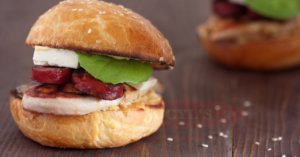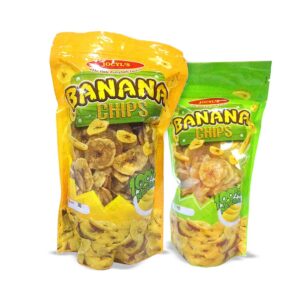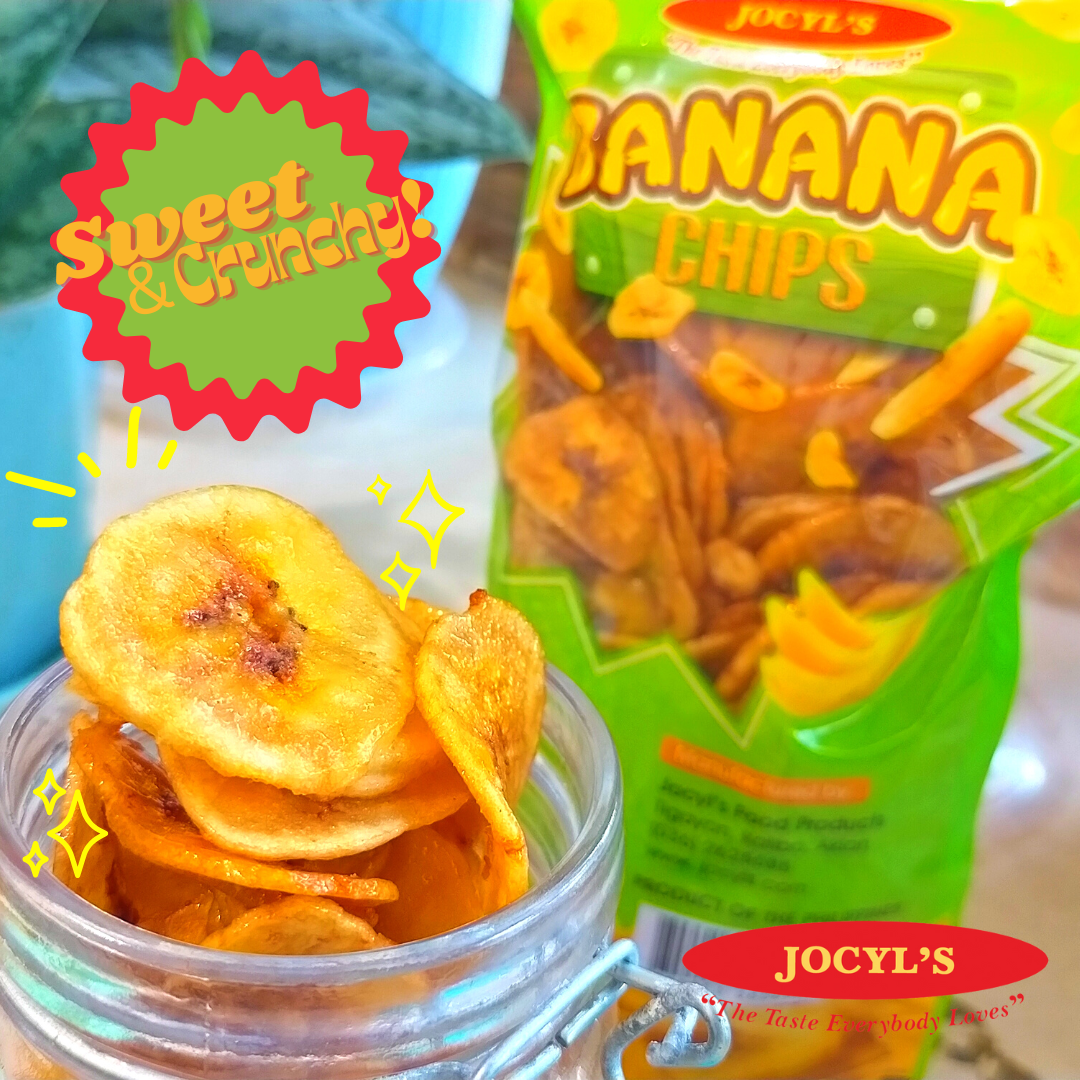
About Us
Jocyl's Food Products (a.k.a "Chorizo de Kalibo") is a bold and forward-thinking company whose goals are set to create surprising ways of developing and promoting our products. We are entrepreneurial and visionary in producing and marketing the best chorizo and other food products from our hometown - Kalibo, Aklan, Philippines.
About UsContact Info
- Tigayon Highway, Barangay Tigayon, Kalibo, Aklan
- +63362628688
- jocylsfoods@gmail.com
- Tigayon Highway, Barangay Tigayon, Kalibo, Aklan
- jocylsfoods@gmail.com
- +63362628688

A Taste of Food Paradise: Exploring the Unique Flavors of Boracay Delicacies
-
Jocyl's Food Products > Blog > Delicacies > A Taste of Food Paradise: Exploring the Unique Flavors of Boracay Delicacies
Boracay is not only known for its pristine beaches and lively nightlife but also for its unique flavors and delicacies. The island’s diverse ingredients and rich culinary traditions make it a foodie’s paradise for both tourists and locals. From seafood to street food, Boracay’s food culture is a must-try for food enthusiasts. It is really a taste of food paradise in the Island.
A Taste of Food in the Island Paradise
Filipino cuisine is known for its bold and spicy flavors, and Boracay’s delicacies are no different. The taste of food in the Island can be describe as refreshing, bold flavors, and with aphrodisiac properties. The island’s food culture is diverse, and the influence of Spanish and Chinese cuisine is evident in its dishes. Here are some of the must-try dishes in Boracay:

1. Chori Burger – A flavorful burger made with a chorizo patty rather than the traditional beef patty. The patty is then topped with cheese, lettuce, and a tomato-mayo sauce, and served in a freshly baked pandesal bun. This dish is a perfect snack for beachgoers and can be found in many street food stalls around the island.

2. Calamansi Muffins – Calamansi is a citrus fruit that is native to the Philippines. The fruit’s tangy flavor is the star of this muffin, and it is usually served with butter or jam. The muffins are a popular breakfast item in Boracay and can be found in many cafes and bakeries around the island.
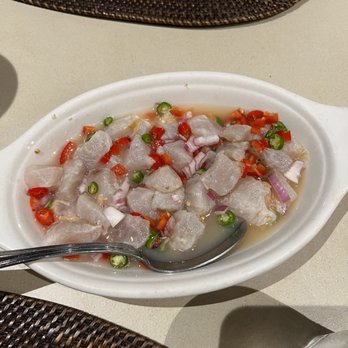
3. Kinilaw – Kinilaw is a type of ceviche that is made with fresh raw fish or seafood marinated in vinegar and calamansi juice. The dish is usually served with onions, tomatoes, ginger, and chili peppers. Kinilaw is a staple dish in Boracay’s seafood restaurants, and it is best enjoyed with a cold beer or a glass of fresh coconut water.
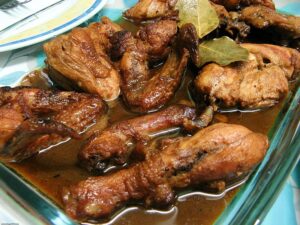
4. Adobo – Adobo is a classic Filipino dish that is made with meat, vinegar, soy sauce, and garlic. The meat is marinated in the sauce, cooked until tender, and served with steamed rice. Adobo is a popular dish in Boracay’s local eateries and is best enjoyed with a cold glass of local beer.
5. Buko Pie – Buko pie is a sweet pastry pie made with young coconut meat, sweetened condensed milk, and grated cheese. The filling is then baked in a pie crust until golden brown. This dessert is a favorite among locals and tourists, and it can be found in many bakeries and cafes around the island.
6. Mango Float – Mango float is a dessert made with layers of graham crackers, whipped cream, and sliced mangoes. The layers are then chilled in the refrigerator until the dessert is set. Mango float is a refreshing dessert, especially on a hot summer day.

7. Balut – Balut is a fertilized duck egg that is boiled until the embryo is fully developed. The egg is then peeled and eaten, usually with a sprinkling of salt or vinegar. Balut is a popular street food in the Philippines and is usually sold at night by street vendors. The dish is not for the faint-hearted but is considered a delicacy by many Filipinos.
Boracay’s food scene may seem overwhelming for new visitors, but with the right guidance, one can explore the island’s unique flavors and culinary traditions. Tourists can join food tours or hire local guides to help them navigate the island’s food culture. For those who want to experience the island’s street food scene, the tourist-packed D’Mall area in Station 2 is a good place to start.
FAQs:
1. Can I find vegetarian or vegan options in Boracay?
Yes, Boracay has a growing vegetarian and vegan food scene. Many restaurants and cafes offer vegetarian and vegan options on their menus, and there are a few dedicated vegetarian and vegan eateries on the island. Some of the popular vegetarian and vegan options include Buddha bowls, vegetable curries, and vegan burgers.
2. Are Boracay’s delicacies expensive?
Prices for Boracay’s delicacies vary depending on where you eat. Street food and local eateries tend to be more affordable, while high-end restaurants and hotels usually charge more for their dishes. However, generally, prices for food in Boracay are reasonable and won’t break the bank.
3. Is it safe to eat street food in Boracay?
Yes, street food is generally safe to eat in Boracay. The island’s food vendors usually follow strict hygienic practices to ensure that their food is safe to consume. However, to stay on the safe side, tourists should look for food vendors with clean stalls and high traffic.
4. Can I find international cuisine in Boracay?
Yes, Boracay has a growing international food scene. The island’s cosmopolitan culture has given rise to a diverse range of international cuisines, including Japanese, Korean, Italian, and Mexican. Many restaurants in Boracay offer international options on their menus. You will enjoy the international taste of food in the Island.
Conclusion:
Boracay’s food culture is a reflection of the island’s diverse cultural heritage and abundant natural resources. From street food to high-end restaurants, Boracay’s food scene has something for everyone. Whether you’re a food enthusiast or a curious traveler, exploring the island’s unique flavors and culinary traditions is a must-do experience.
Jocyl’s Social Media:
https://www.facebook.com/jocylsfoods
https://www.instagram.com/jocylsfoods
https://www.twitter.com/jocylsfoods
https://www.pinterest.ph/jocylsfoods
https://www.tiktok.com/@jocylsfoodsproducts
#Taste #Paradise #Exploring #Unique #Flavors #Boracay #Delicacies
Recent Posts
- The Ultimate Guide to Authentic Filipino Breakfast: Why Chorizo de Kalibo Is Taking 2026 to the next level!
- Ultimate Aklan Pasalubong Guide: Authentic Filipino Treasures
- How to Cook Longganisa Without Oil: Easy, Healthy & Delicious Guide
- Ultimate Guide: How to Cook Ilonggo Longganisa – Perfect Every Time!
- What is Ilonggo Food? Discover the Rich Flavors of Western Visayas Cuisine
Recent Comments
Archives
- October 2025
- September 2025
- August 2025
- July 2025
- May 2025
- April 2025
- March 2025
- February 2025
- January 2025
- November 2024
- October 2024
- September 2024
- August 2024
- June 2024
- March 2024
- February 2024
- January 2024
- December 2023
- November 2023
- October 2023
- August 2023
- July 2023
- June 2023
- May 2023
- April 2023
- March 2023
- February 2023
Tags
- Aklan
- Aklan Pasalubong
- Boracay
- Boracay Food
- Boracay Island
- Boracay Pasalubong
- boracay snacks
- Boracay Souvenirs
- Breakfast
- Chicken
- chicken tocino
- Chori Burger
- chorizo
- ChorizoDeKalibo
- chorizo recipe
- Delicacies
- embutido
- embutido recipe
- Filipino Chorizo
- Filipino Cuisine
- filipino food
- Filipino Longganisa
- Filipino Sausage
- foodie guide
- homemade
- Iloilo
- Iloilo Chorizo
- Iloilo Food
- Iloilo Longganisa
- Iloilo Pasalubong
- ingredients
- JocylsFoods
- longaniza
- longganisa
- longganisa recipe
- meat
- Pasalubong
- pinoy recipes
- pork tocino
- recipe
- Recipes
- skinless longganisa
- snacks
- tocino
- tocino recipe

